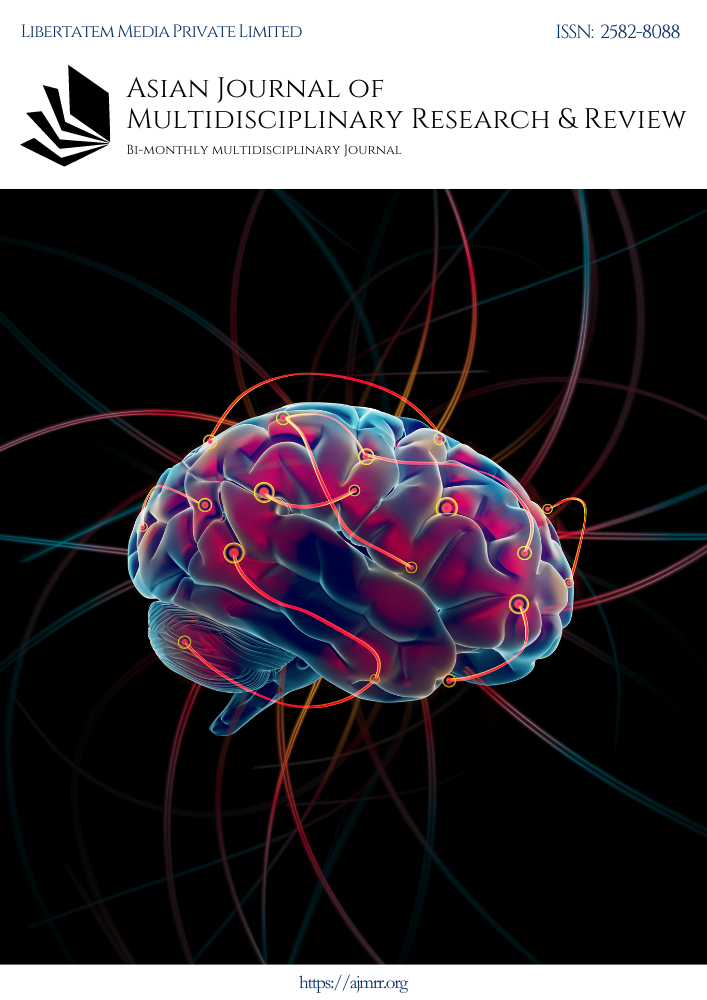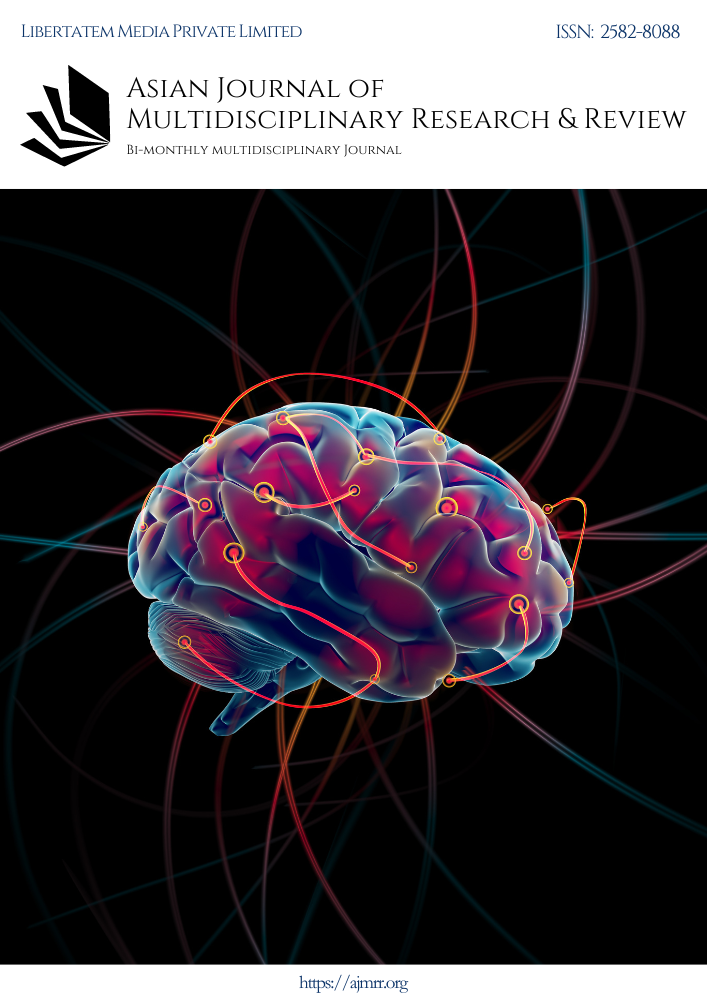DALIT WOMEN IN INDIA: UNIQUE SOCIAL EXISTENCE
Abstract
There is a requirement to attain a standpoint wherein significant issues of Dalit women are addressed such as their lack of voice, which are often neglected by the Dalit movement spearheaded by the males and the mainstream Indian feminist movement initiated by the upper caste women.
The Dalit women are faced with triple intersection oppression based on caste, gender, and class giving them an “outsider within” status. Thus, these women can showcase diverse perspectives due to their standing in society which will help the readers understand the condition of Dalit women in society and the atrocities they battle on a daily basis. The initiation of the Dalit Feminism standpoint marks a social change and encourages empowerment and activism.
In the words of Bell Hooks, "the movement of Feminism initiated to empower women all around the world, practiced the exclusion of women who did not have sufficient resources to change their living conditions." (1984) This statement is sufficient to prove the skewed functioning of the feminist movement prevalent in the society. The prevalence of this form led to the concept of feminism being a remote concept for numerous women in the world.
One can trace the presence of Dalit women in the category of women who were excluded from the feminist movement. The Dalit women in Indian society have been faced with intersectional oppression due to their birth, firstly being a woman and secondly them belonging to the Dalit community (Sharma and Kumar 2020), as per Dr. Ambedkar, "Dalit is a depressed class" and per Beauvoir, "women are the second sex."
Downloads
Downloads
Published
Issue
Section
License

This work is licensed under a Creative Commons Attribution-NonCommercial-ShareAlike 4.0 International License.
License Terms
Ownership and Licensing:
Authors of research papers submitted to the Asian Journal of Multidisciplinary Research & Review (AJMRR) retain the copyright of their work while granting the journal certain rights. Authors maintain ownership of the copyright and grant the journal a right of first publication. Simultaneously, authors agree to license their research papers under the Creative Commons Attribution-ShareAlike 4.0 International (CC BY-SA 4.0) License.
License Permissions:
Under the CC BY-SA 4.0 License, others are permitted to share and adapt the work, even for commercial purposes, as long as proper attribution is given to the authors and acknowledgment is made of the initial publication in the Asian Journal of Multidisciplinary Research & Review. This license allows for the broad dissemination and utilization of research papers.
Additional Distribution Arrangements:
Authors are free to enter into separate contractual arrangements for the non-exclusive distribution of the journal's published version of the work (e.g., posting it to institutional repositories or publishing it in books), provided they acknowledge the initial publication of the work in the Asian Journal of Multidisciplinary Research & Review.
Online Posting:
Authors are encouraged to share their work online (e.g., in institutional repositories or on personal websites) both prior to and during the submission process to the journal. This practice can lead to productive exchanges and greater citation of published work.
Responsibility and Liability:
Authors are responsible for ensuring that their research papers do not infringe upon the copyright, privacy, or other rights of any third party. The Asian Journal of Multidisciplinary Research & Review disclaims any liability or responsibility for any copyright infringement or violation of third-party rights in the research papers.



